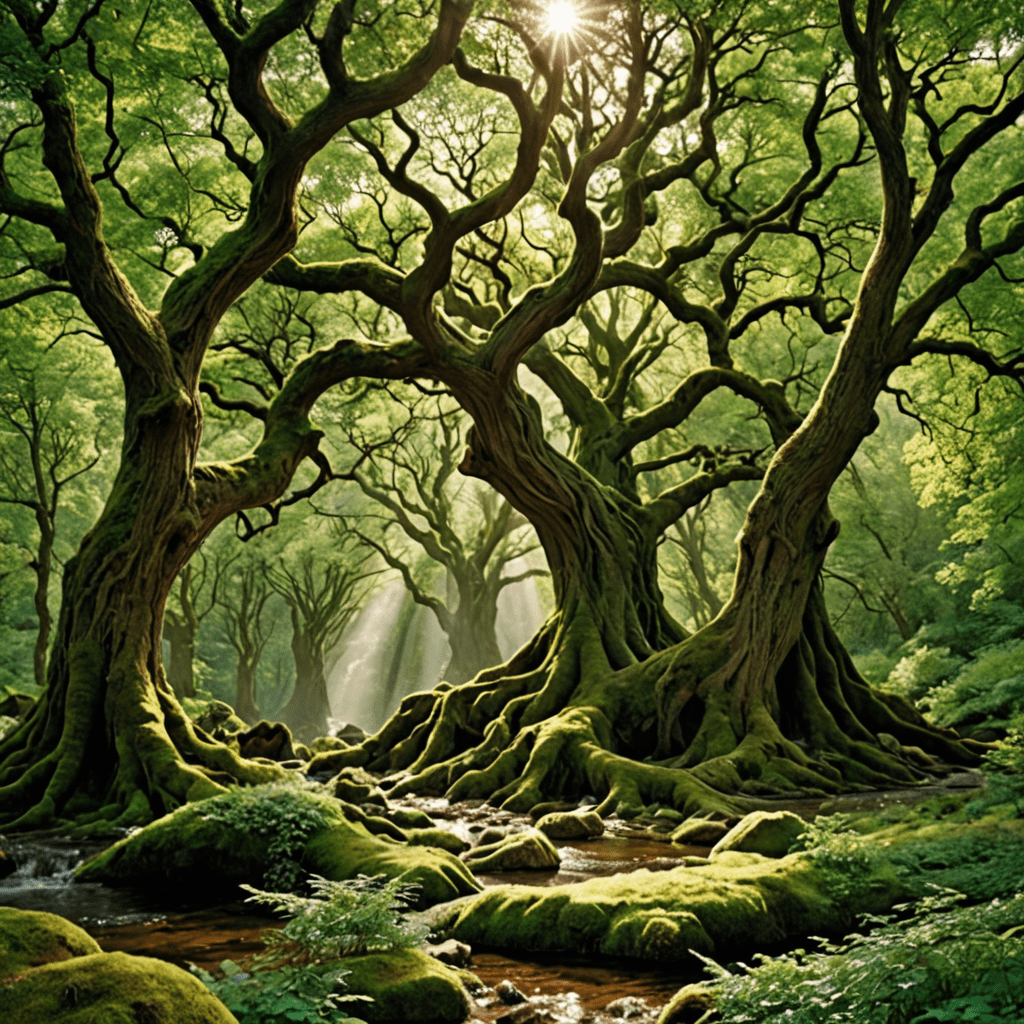The Connection Between Celtic Mythology and Climate
Understanding Celtic Mythology
Celtic mythology refers to the stories, beliefs, and legends of the ancient Celts, who inhabited regions of Europe like Ireland, Scotland, Wales, and Brittany. The mythology is rich in deities, heroes, and mystical creatures, providing insights into the spiritual and cultural beliefs of the Celtic people.
Celtic Mythology and the Natural World
One fascinating aspect of Celtic mythology is the strong connection between the natural world, including the climate, and the beliefs of the Celts. Elements like the sun, moon, and seasons are often personified in Celtic myths, showcasing the intertwined relationship between nature and spirituality.
Deities and Climate in Celtic Mythology
In Celtic mythology, various deities are associated with different aspects of nature, including climate phenomena. For example, the goddess Brigid is linked to healing, fertility, and the changing of seasons, symbolizing the renewal and growth that comes with climatic changes throughout the year.
The Impact of Climate on Celtic Rituals and Traditions
The climate played a significant role in shaping Celtic rituals and traditions. Festivals like Beltane and Samhain were celebrated to mark seasonal changes, reflecting the reliance of the Celts on nature’s rhythms for their agricultural practices and spiritual beliefs. The climate influenced everything from harvest festivals to rituals honoring the sun and moon.
FAQ: The Connection Between Celtic Mythology and Climate
What is the significance of climate in Celtic mythology?
Climate plays a crucial role in Celtic mythology as it often influences the beliefs, rituals, and stories of the ancient Celts. Seasons, weather patterns, and natural phenomena were closely tied to their deities, folklore, and agricultural practices.
How do Celtic myths explain natural elements and weather changes?
Celtic myths often personify natural elements like storms, winds, and sunlight, attributing them to specific deities or spirits. The changing seasons were often depicted through tales of battles between opposing forces reflecting the cycle of life, death, and rebirth.
Are there specific Celtic gods or goddesses associated with climate?
In Celtic mythology, deities like Brigid, the goddess of hearth and home, and Lugh, the god of the sun, are often linked to aspects of climate and seasonal changes. These figures were believed to govern natural forces and bring blessings or curses depending on how they were honored.
How did Celtic people adapt their lifestyle to the climate based on their mythology?
Celtic people aligned their agricultural practices, festivals, and daily lives with the changes in climate as dictated by their myths. Rituals like Beltane and Samhain corresponded with the shifting seasons, ensuring prosperity, protection, and harmony with nature.



